News Archive
Check back soon for more blogs and news.
Why should you create an inclusive workplace?
Accessible Somerset – The Importance of Co-Production
Somerset set to Become More Accessible
The Power of Lived Experience
12 Common Access Mistakes
Accessibility and inclusion should be at the forefront of your mind as a business, organisation or local authority. But when making decisions, considering accessibility often becomes a box ticking exercise which causes a whole range of issues in practice. So how do you ensure your services and projects are truly accessible and avoid additional costs, resources and complaints afterwards?
Here are our 12 most common access mistakes that businesses make to stop you from making them too. By consulting Disabled people and asking about their lived experience during the initial stages of a project or development, you can avoid these problems down the line. Just thank us later!

1. Roadworks which block a pavement
Roadworks are a pain for everyone, but can be even more of a problem for Disabled people. Shovelling a slab of tarmac to create a steep ramp that goes round the roadworks isn’t a sufficient accessibility measure – take the time to get a decent temporary ramp that wheelchair users can actually use safely.
2. Blind people can’t give their credit card details over the phone or input them into a ticketing system online
Because they can’t see them on the card! Contactless payments, chip and pin or apps including Apple Wallet are more accessible ways of making payments. And be aware that touchscreen card readers with no physical buttons can be a problem too.
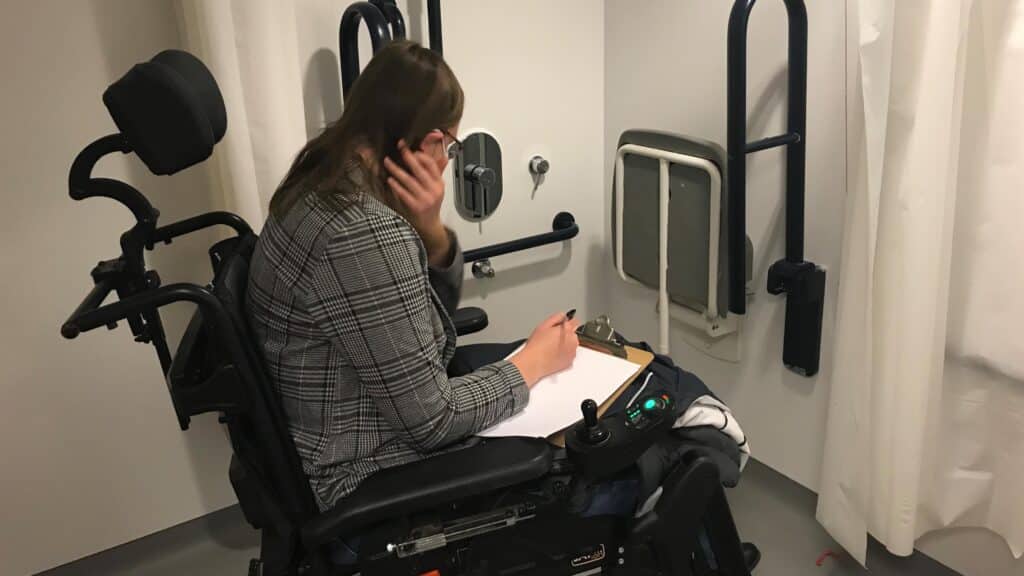
3. Your accessible toilet is on the second floor…and there’s no lift
There’s no point having an accessible toilet if Disabled people can’t get to it. You need your facilities to be accessible in the first place, so think about the whole layout of the building. And an accessible toilet that is used as a broom cupboard or as storage doesn’t count as accessible either!
4. Accessible street parking
Disabled people often exit their vehicle out of a sliding side door. Make sure that your parking doesn’t force them to exit onto the road, or onto a pavement where there is no drop curb.
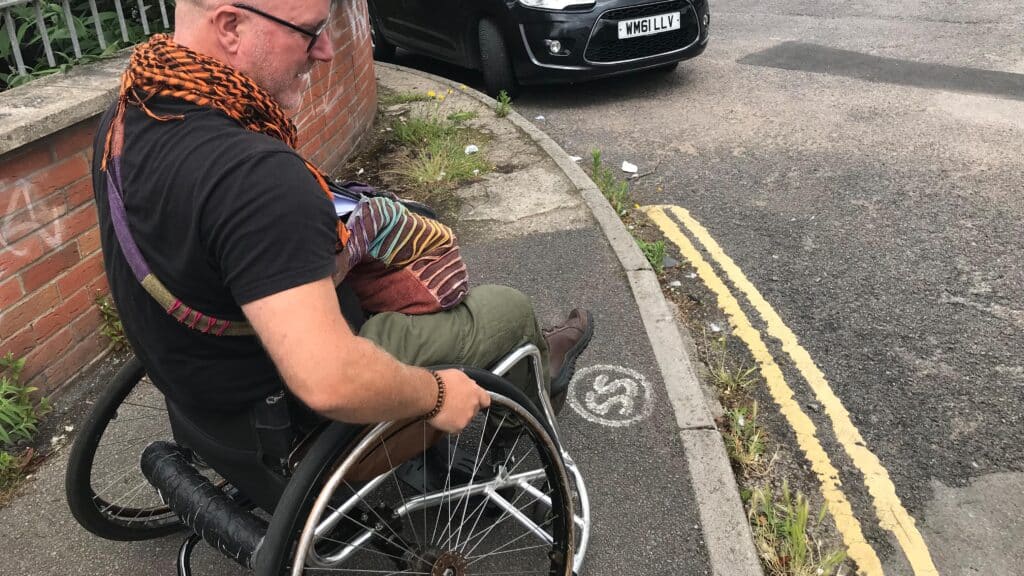
5. A car parked over tactile paving
Disabled people, especially those with vision impairments, use tactile paving to help them cross the road. This is where the texture or pattern of the pavement changes to indicate obstacles, grade changes or other hazards. If a vehicle is parked over these markers, how are they going to cross the road?
6. You don’t have level access if your threshold isn’t flat
You might think that you have achieved level access on your doorway or flooring, but any raised threshold means that this is a step, not a flat surface.
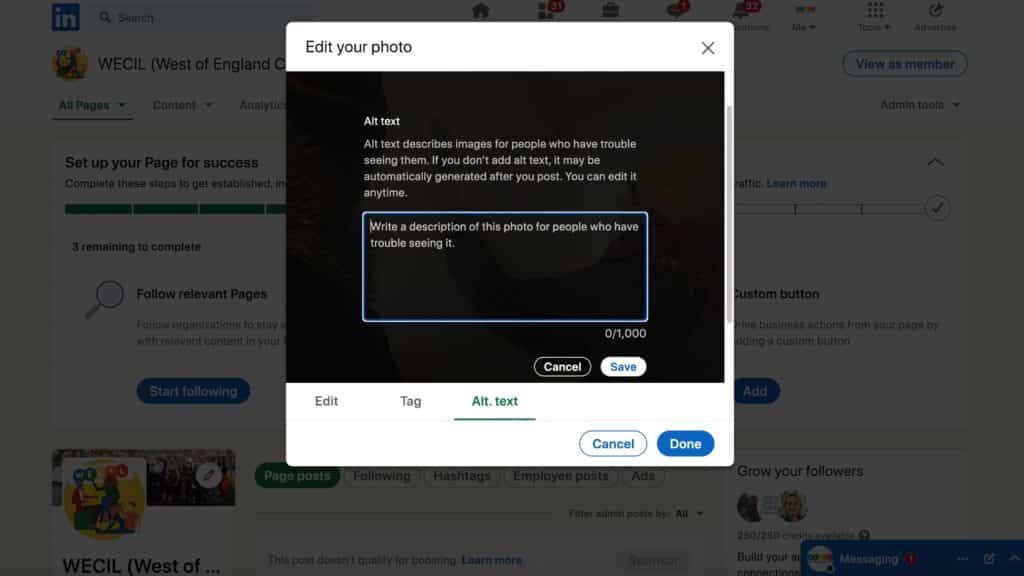
7. You don’t have alt text on your images or photos
Those that use screen reading software need images to be labelled with alt text otherwise the software leaves a blank and they are left without a full understanding of the document, site or piece of content. Make sure all imagery has alt text which explains what the image is and how it relates to the written words to ensure an accessible digital space too. Don’t forget this on your social media too!
8. You are wearing a mask which prevents lip reading
This was a key one during the pandemic. With everyone wearing masks, those that rely on lip reading to understand speech were unable to do so. Be aware of these requirements and make adjustments accordingly.
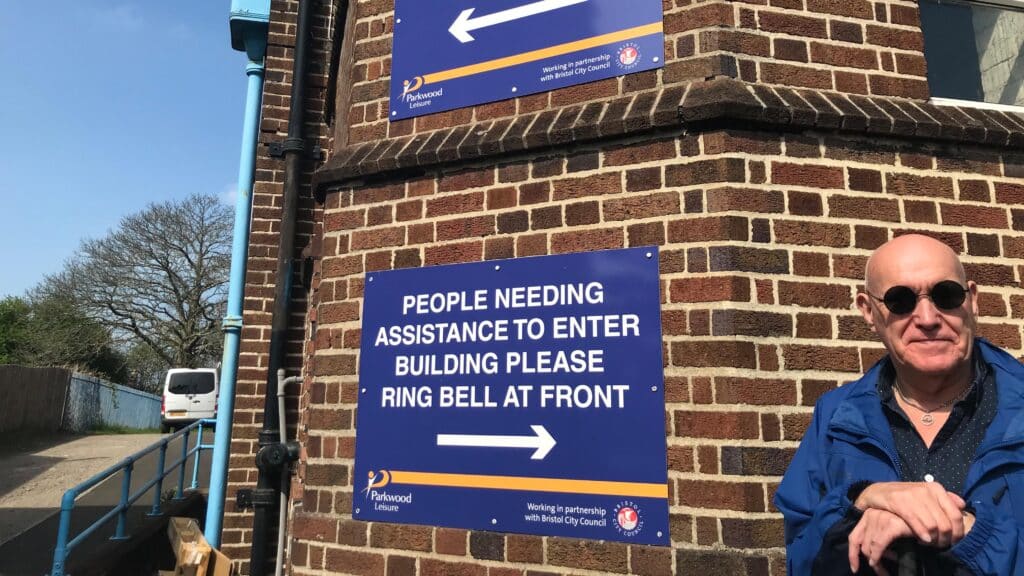
9. Your signage isn’t readable
There’s no point having signage if it is not legible to everyone, particularly if it relates to accessible services like signs for the toilet or lift. Make sure it isn’t in an obstructed area and that the colour contrast and font are accessible.
10. You don’t consider the effects of your environment
For some Disabled people, busy or noisy spaces can cause sensory overload, particularly for neurodivergent groups. You need to make sure that you are aware of creating neuro-accessible spaces and not just environments which are physically accessible. Don’t judge those who have hidden disabilities.
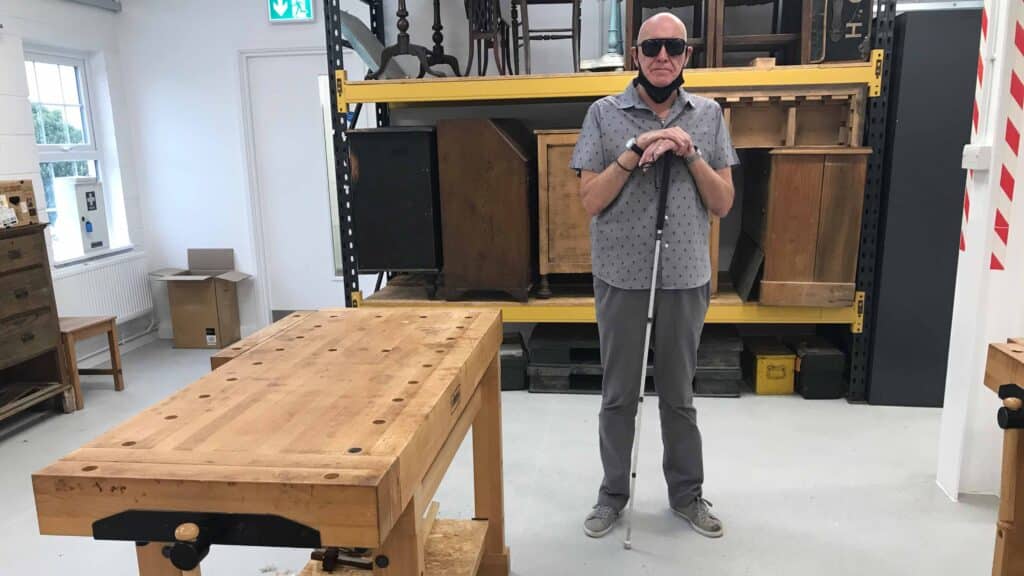
11. Not testing your system, software or website
Getting users to test your services can help identify issues that you might easily miss. Use assistive technology and ensure that you can navigate your website by using the tab button for those that use keyboard only navigation. You also need to make sure that your fonts, colours and images are accessible. Don’t use all capitals or underline everything as this can be inaccessible for those with impairments such as dyslexia, and avoid unnecessary jargon.
12. Mirrors in lifts
Wheelchair users need mirrors in lifts to assist with navigating the space, such as reversing. However, mirrors in lifts can cause problems for those with other disabilities such as dementia. The important thing is to remember that nothing is perfect, there will sometimes be conflict but all you can do is be aware and honest about the facilities that you provide.
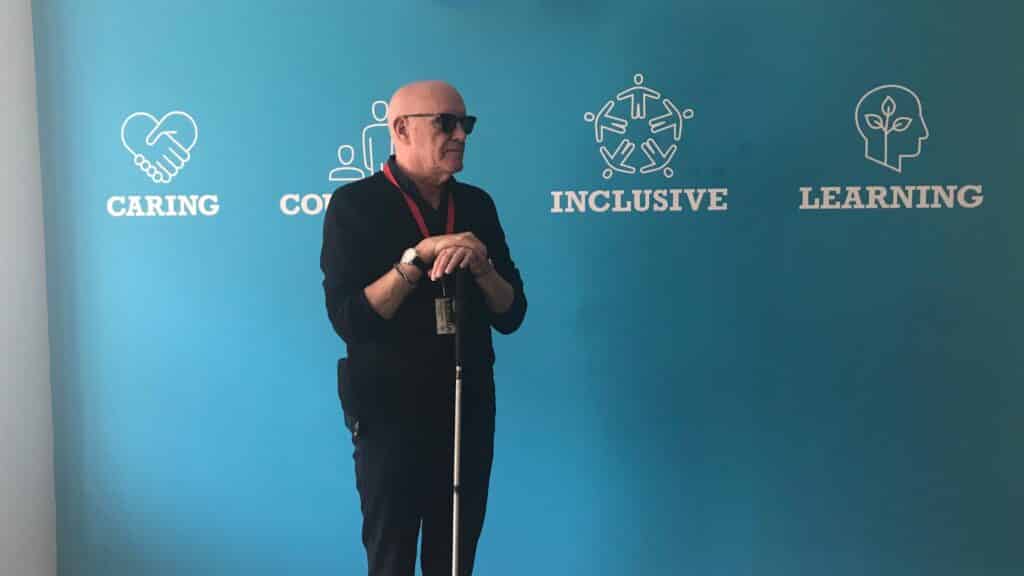
The takeaway: be truthful!
As you can see, there are a whole range of mistakes that people make when trying to be accessible. It is important to use the lived experience of Disabled people to inform decision making. As a user-led Disabled People’s Organisation, working with Disability.Inc. on access audits for your spaces will ensure that the lived experience of disability is centred right from the start. WECIL’s Access and Inclusion Team (WAIT) are a group of Disabled people with a range of impairments that can help you ensure you are being as inclusive of all wherever possible.
Whatever you do, always ensure you are honest about the accessibility of your building, service or project. Wheelchair users would rather know beforehand that you are not wheelchair accessible before they come and realise you’re actually not. Giving people the information and options is what is really important rather than being perfectly and fully accessible. To find out more or for an audit of your organisation’s accessibility, please get in touch with Disability.Inc. today!


